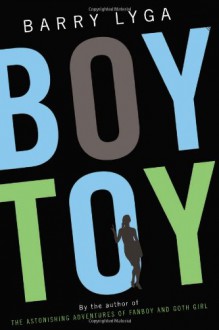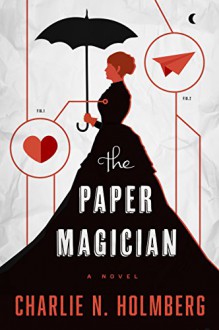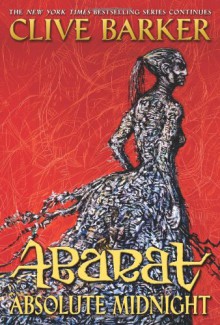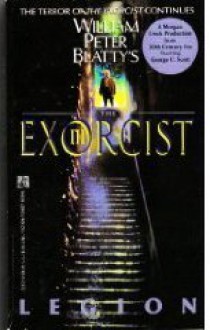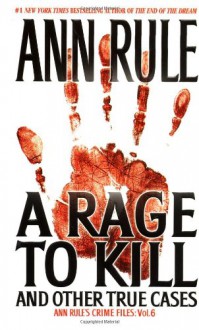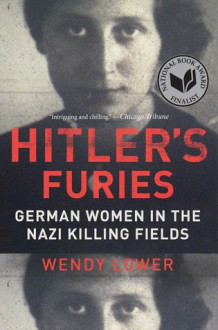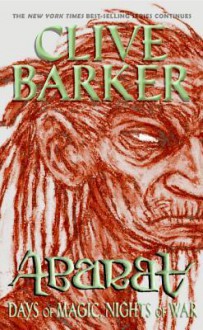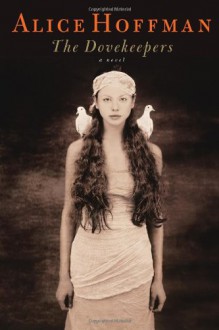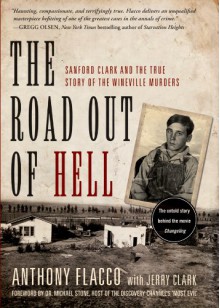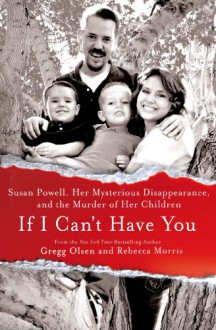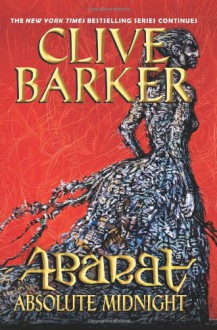 Remember Jurassic Park, the movie? You know, the movie that had practical and digital effects mixed together? Well, I watched that movie a lot, to the point where I could start to tell which scenes were created using practical effects and which ones used digital effects. There was just something about how they looked on screen that made it easy to tell.
Remember Jurassic Park, the movie? You know, the movie that had practical and digital effects mixed together? Well, I watched that movie a lot, to the point where I could start to tell which scenes were created using practical effects and which ones used digital effects. There was just something about how they looked on screen that made it easy to tell.With Absolute Midnight, I read a new book in the Abarat series that was just text, without Barker's illustrations. As I was reading it, though, it became pretty clear which scenes would have been accompanied by illustrations, since some of the descriptive passages became even more so, as if Barker were describing what he saw in his painting, and not just what he saw in his head. It was kind of similar to how I could pick which scenes in Jurassic Park used which style of effects. In neither case is this a bad thing, but I'm curious now to find the illustrated version and see if I can pair up the illustrations with those passages.
Regarding the story, though, my biggest issue with the first two books was that the main protagonist -- Candy Quackenbush -- never felt as fleshed out as I felt she should be. Malingo, her sidekick and faithful companion, felt more like a real character, while Candy just felt flat. In Absolute Midnight, she didn't really improve. At the start of the book, I thought maybe she was finally going to get her due, but then she had to revert back to questionable decision making and just acting as the story required her to act.
Of particular note was when Candy met Gazza and fell into instant love with the guy, who of course reciprocated that feeling. It allowed for Barker to use a new conflict in the story, with Candy struggling between her destiny and Gazza, with the added complication of Malingo being a part of a triangle of sorts. In fact, one of the best scenes in the book was when Gazza and Malingo talked of their feelings about Candy. It was a brief, bittersweet scene that established the fact that there was a triangle there at all, and I expected that to go somewhere. Maybe it will (at the end, Malingo, Gazza, and Candy are thrust alone into the next chapter of this story), but I was disappointed that it was such a sudden thing in the character development.
Aside from Candy, Christopher Carrion is another character who feels disjointed throughout the series. In the first book, he's the clear bad guy; in the second book, he's more the wounded Goth kid from down the street; in Absolute Midnight, he's become pretty whiny and reserved, enough so that I wondered what the next book would bring for this guy. Barker planted the right seeds along the way to build up the real antagonist -- Mater Motley -- appropriately, but I would have preferred the characters be more consistent, as well. And what about Princess Boa? She goes from being the light and life of Abarat (as most people speak of her) to an evil that could go up against Mater Motley without too much trouble. A lot more happens in this book, and the story feels a little more significant than Days of Magic, Nights of War because of it, but I felt like I was missing a lot of the impact the story could have had due to the lack of characterization.
As for the story itself, Barker shows us clearly that Abarat is a series, not just a string of related books. He uses bits and pieces from earlier books to create his scenes here, and brings in new plot developments that hint at what's to come. I think the story will pick up in books four and five, which is enough to keep me reading, despite my concerns with the characterization.

 Log in with Facebook
Log in with Facebook 

